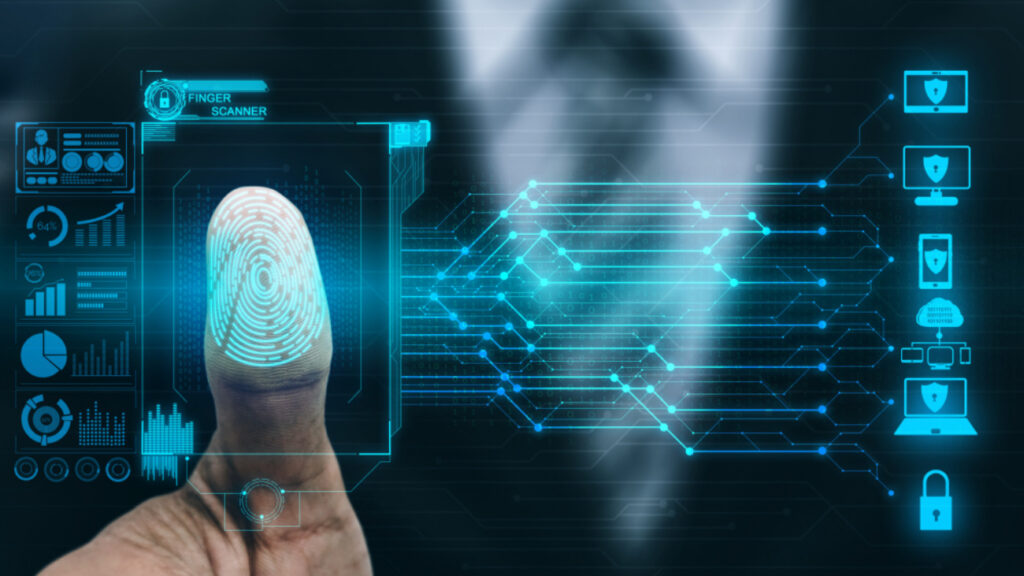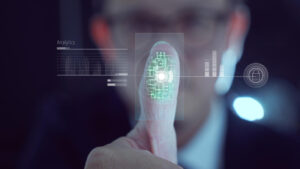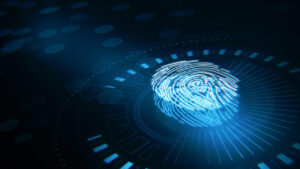As technology advances, people are seeking more reliable ways to secure their personal data stated Bahaa Abdul Hadi. Biometrics, including fingerprint scanning and facial recognition, offer a game-changing approach to identity verification.
Unlike traditional methods like passwords, which can be forgotten or hacked, biometrics use unique physical traits that are nearly impossible to replicate, providing a higher level of security and making it increasingly popular in both consumer and business applications.
Biometrics’ Ascent in Daily Life
The idea of biometrics is not new. It has existed for decades in a variety of incarnations, mostly in high-security and government settings. Nonetheless, biometrics have become widely used in recent years for everything from secure online accounts to unlocking cell phones.
These systems identify people using distinctive physical traits, like fingerprints or facial features, and their popularity can be attributed to the fact that they are much more practical and safer than passwords.
Despite their continued widespread use, passwords are susceptible to a number of security risks. Sensitive information can be compromised by brute-force hacking, phishing assaults, and simple password forgetfulness. Contrarily, biometrics makes use of something far more intimate: your bodily characteristics. These characteristics can be much harder for an attacker to copy because they are specific to you.
Face Recognition: Revolutionizing
Perhaps the most well-known biometric advancement in recent years is facial recognition technology. Face recognition is quickly becoming the standard for identification, whether you’re using it to unlock your phone, log into an app, or even get through airport security. It is very user-friendly due to its convenience—no need to touch anything or remember a password.
In order to provide a distinct template for identification, the technology maps important facial traits, including the curve of your face, the curvature of your cheekbones, and the distance between your eyes. Despite its impressiveness, facial recognition is not without its difficulties. Age, facial hair, and lighting variations are just a few of the variables that might impact facial recognition accuracy.
Debates concerning data security and monitoring have also been triggered by privacy concerns and the possible abuse of facial recognition technology.
Fingerprint Verification: A Time-Honoured Technique
One of the earliest and most reliable methods of biometric authentication is fingerprint scanning. It has become a standard feature of consumer electronics like laptops and cell phones in recent years, and it has been utilized for decades in security and law enforcement systems. In order to generate a digital template, fingerprint scanners use your fingers’ distinct ridges and patterns. This technique is fast and dependable, providing a rapid method of identity verification or device unlocking.
The fact that fingerprint authentication is already well recognized and understood is one of its key benefits. Because most people are okay with their fingerprints being used for identification, fingerprint authentication doesn’t cause as many privacy issues as facial recognition. Fingerprint sensors are also reasonably priced and simple to include in gadgets, which makes this technology available to a broad spectrum of customers and companies.
Biometrics’ Future: Blending Advantages
The integration of many kinds of identification is the key to the future of biometrics, as both fingerprint authentication and facial recognition continue to advance. Consider employing a combination of voice recognition, fingerprint scanning, and facial recognition to unlock your phone. This multi-modal strategy, which combines the greatest features of each technology, may provide an even higher level of security.
Conclusion
Biometrics are changing the way we think of securing our data. These technologies are revolutionizing the way we safeguard sensitive data, from the speed and accuracy of fingerprint scanning to the state-of-the-art capabilities of facial recognition. We may anticipate increasingly more sophisticated, multi-layered systems that integrate the advantages of different biometric techniques as the industry keeps innovating.
Biometrics are influencing identity verification in the future and moving us closer to a time when passwords are obsolete thanks to improved security and intuitive user interfaces. The article was written by Bahaa Abdul Hadi and has been published by the editorial board of Identity Herald. For more information, please visit www.identityherald.com.




